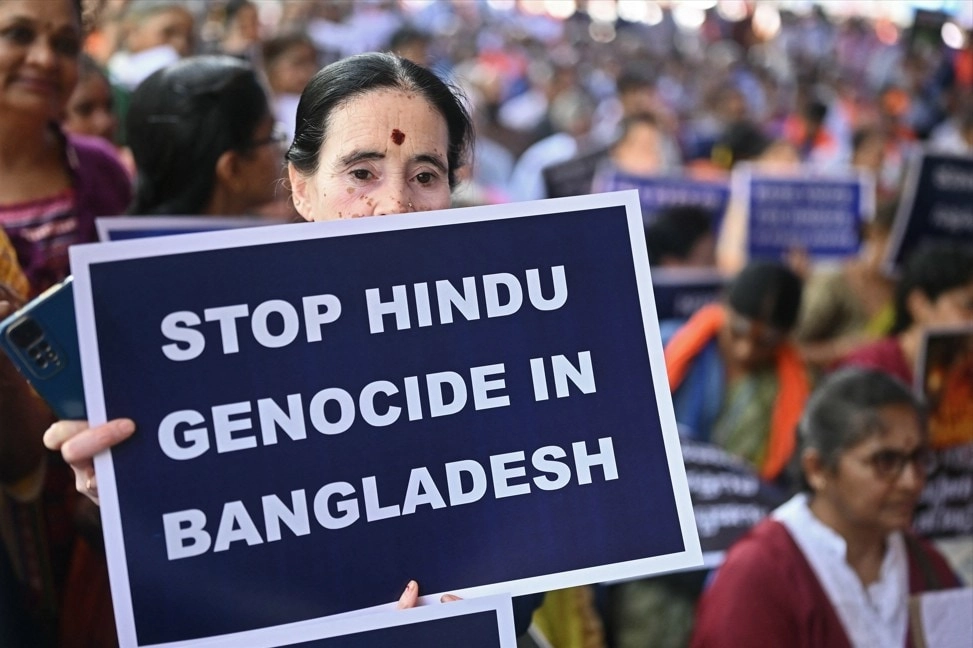Typhoon Ragasa has left a significant mark on the region, following a tragic incident in Taiwan where a violent act claimed the lives of 17 individuals. The storm’s ferocity compounded the grief and chaos already present in the aftermath of the violent event. As the typhoon made its way toward South China, authorities braced for its impact, which threatened to exacerbate the situation in areas already struggling with the emotional and social repercussions of the tragedy in Taiwan. The juxtaposition of natural disaster and human tragedy has created a complex scenario for the region, highlighting the resilience and vulnerabilities of communities facing multiple crises.
As Typhoon Ragasa approached South China, meteorologists warned of severe weather conditions that included heavy rainfall, strong winds, and potential flooding. This posed a significant risk not only to infrastructure but also to the safety of residents who were already grappling with the fallout from the recent violence in Taiwan. Emergency services prepared for evacuations and disaster relief efforts, aiming to provide support to those in need. The government mobilized resources to ensure that adequate measures were in place to mitigate the storm’s impact, while also addressing the underlying grief and trauma from the recent loss of life in Taiwan.
The convergence of Typhoon Ragasa’s destructive winds and the emotional turmoil from the incident in Taiwan illustrates the challenges faced by communities in the region. Local authorities and humanitarian organizations emphasized the importance of resilience and support systems during such trying times. As the storm made landfall, the focus shifted to providing immediate assistance to those affected, emphasizing the need for solidarity and compassion in the face of adversity. In this context, the strength of community ties and the effectiveness of emergency response mechanisms became crucial in navigating the dual crises, underscoring the human spirit’s ability to endure even the most difficult circumstances.
In the wake of these events, discussions about disaster preparedness and mental health support gained prominence, with advocates calling for enhanced resources to deal with both natural disasters and the psychological impacts of violence. The dual challenges posed by Typhoon Ragasa and the tragedy in Taiwan served as a stark reminder of the interconnectedness of human and environmental crises. It called for a comprehensive approach to disaster management that not only addresses immediate physical needs but also prioritizes the long-term mental health and well-being of affected communities. Ultimately, the region’s response to these challenges will define its path to recovery and resilience in the face of adversity.




